Problem Statement
A consortium of institutions working in mortgaging, health insurance and pensions found that people are often unaware of their financial situation, so at IJsfontein, we were challenged to solve this problem by means of a game.
General Game
The design of the game was already done when I joined the project team. The design was a small simulation with variables among others representing money, health, time you can spend on a day. The player interface is the home of a virtual character. This character starts its life at the age of 20 and can become 100 depending on the choices he or she makes. In each category (house, job, working out, transport, spouse, etc.), the player is allowed to have an active selection, which shapes the life of the character. In addition, the player can for instance choose to add more money to pension funds, have children, etc. While keeping the flow of money steady, the player also has to deal with illness, chronic disease, taxes, schooling for his/her children and much more.
Specific Game Design Choices
My task consisted of designing the game engine and balancing it. The engine contained all player choices in all categories. Each player choice per category (Item) was built up of zero or more Modifiers. Each modifier was able to change a game variable once or periodically. So, when a player would choose to change a selection in a category, the system would simply deactivate an Item and activate the Item corresponding to the choice, so a new set of Modifiers would be activated.
Since I built the engine separate from the visuals and interface (not done by me), I was able to run a whole game in 0.1 seconds, instead of 16 minutes. This is, of course, too fast to make any choices in real time, so I had to make all choices beforehand. My goal was to balance the system so all major ‘paths in life’ (player strategies) were equally challenging, so that players would not choose a strategy because it was simply better than all other strategies. Having built a separate game engine allowed me to apply autobalancing. This allows the game designer (which wasn’t me in this project) to produce constraints to which the game has to apply, like: “The player has to be able to become 60, even if he/she makes the most unhealthy choices.” I was able to tweak the numbers of the Modifiers and the game variables to meet these constraints. If there was a conflict between two or more constraints, the system was able to find the value in which all constraints could apply. If constraints were impossible, the system would suggest how they would be possible.
Reception
Although well balanced, this game was, unfortunately, never released.




